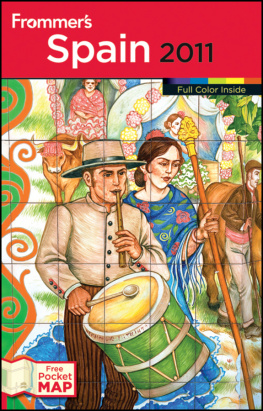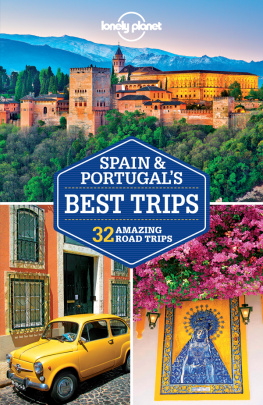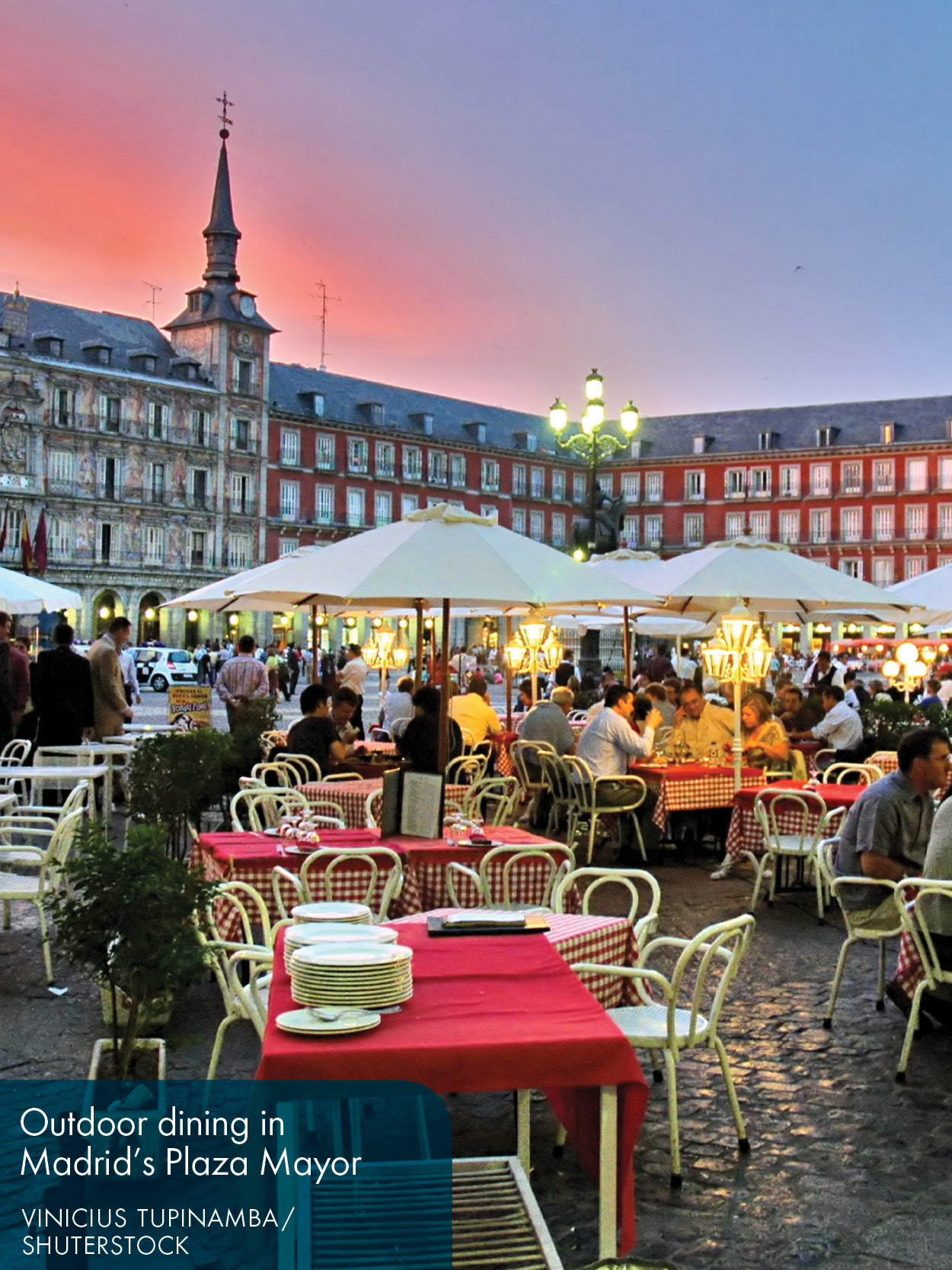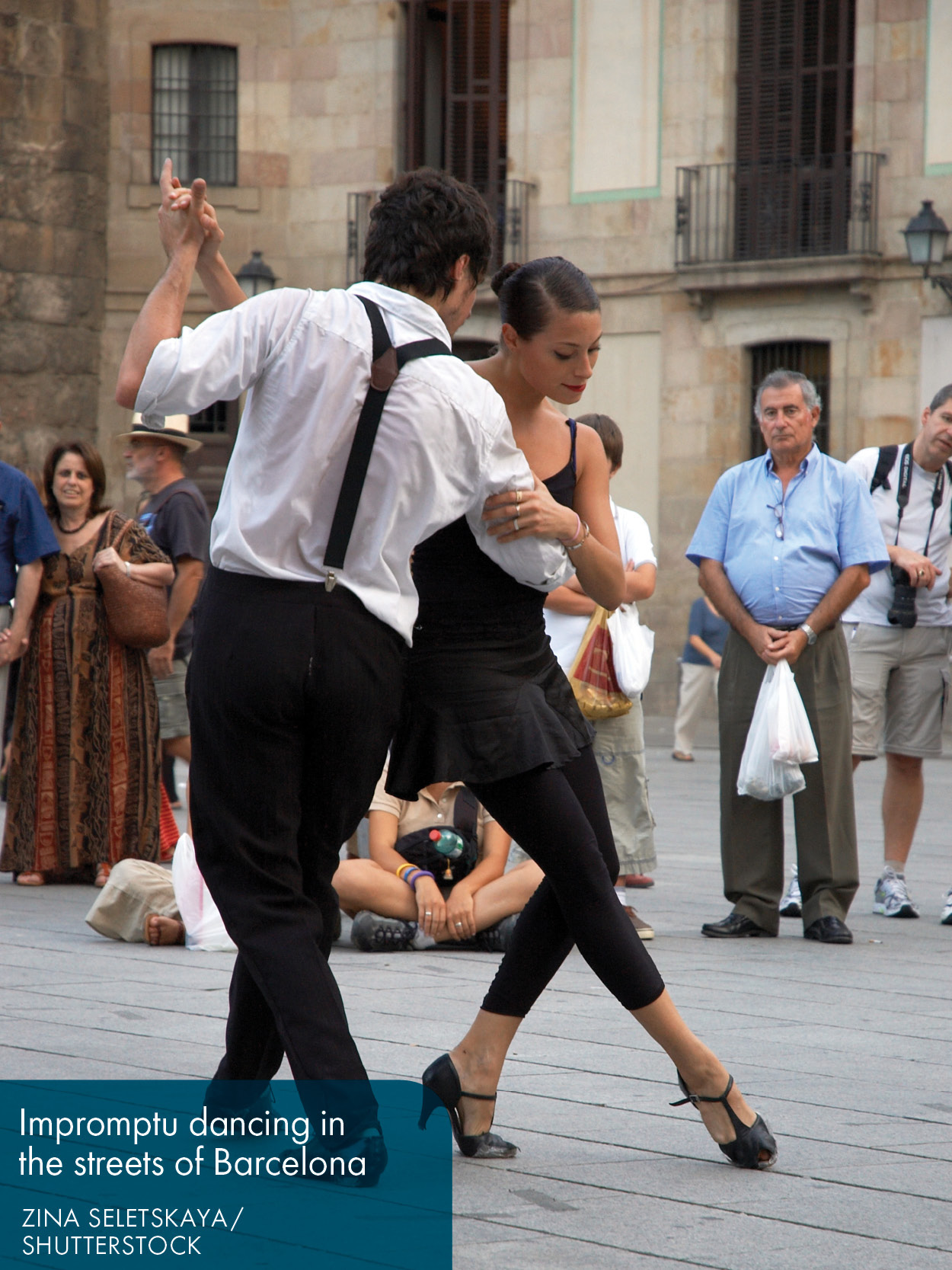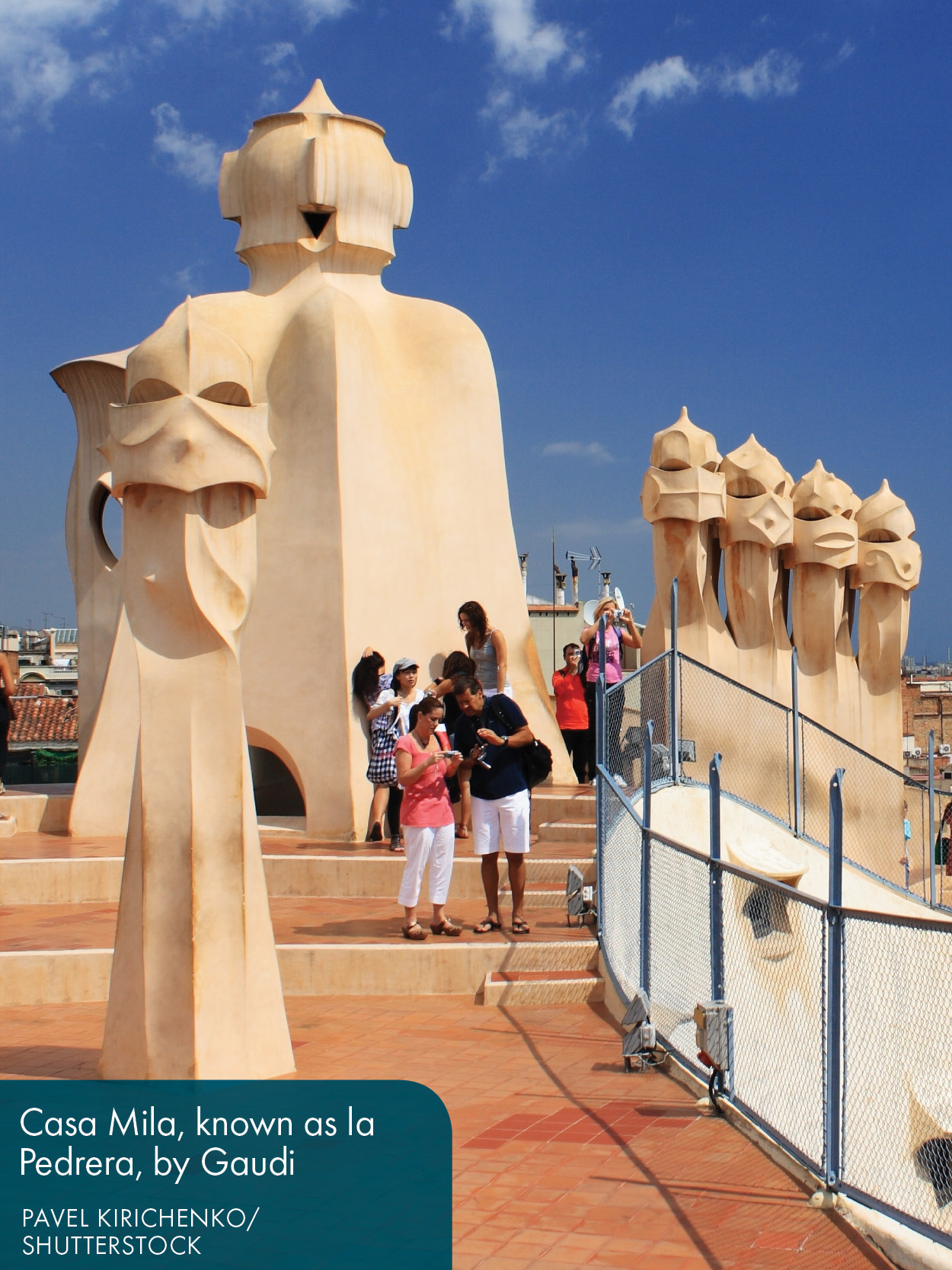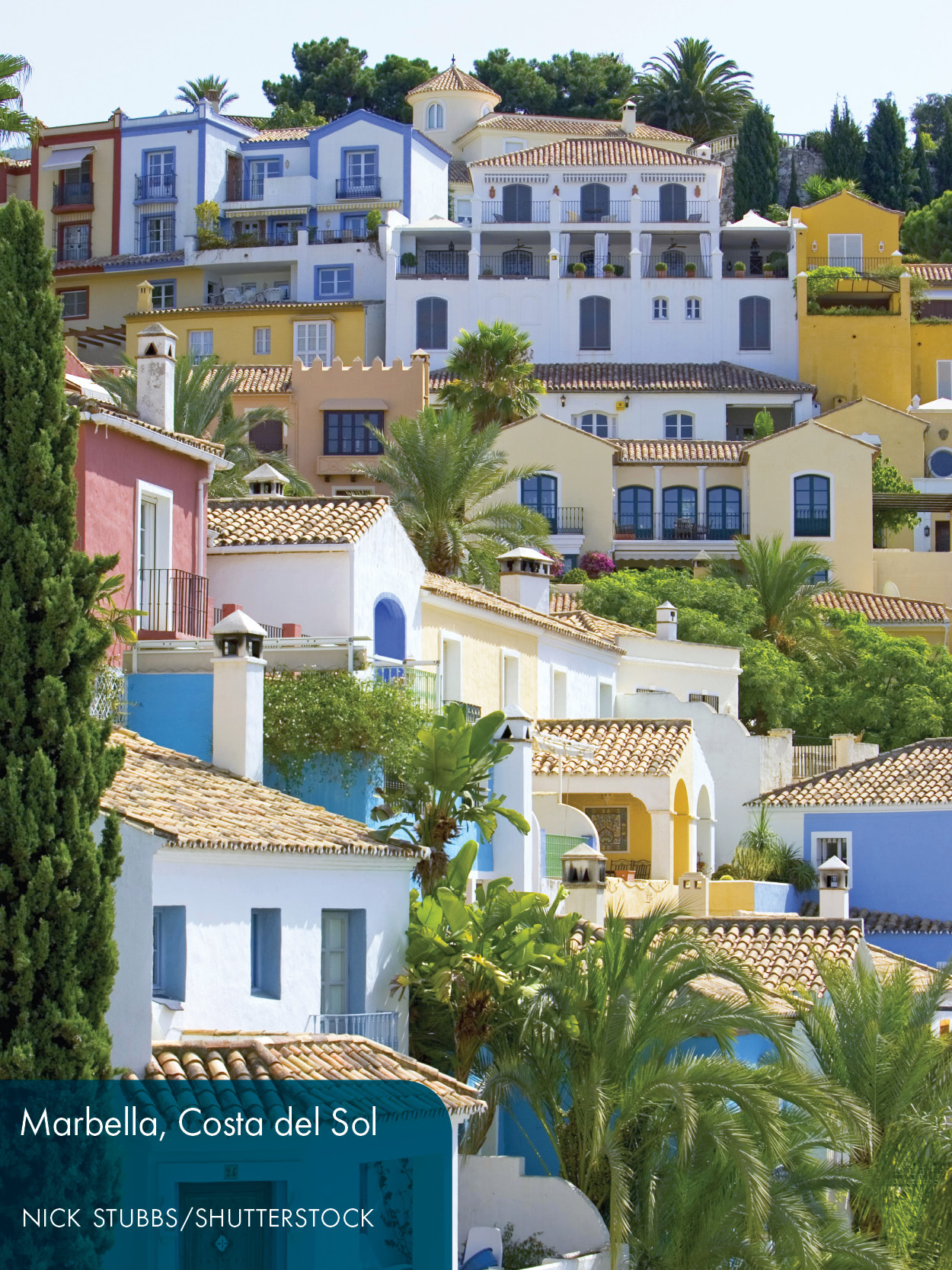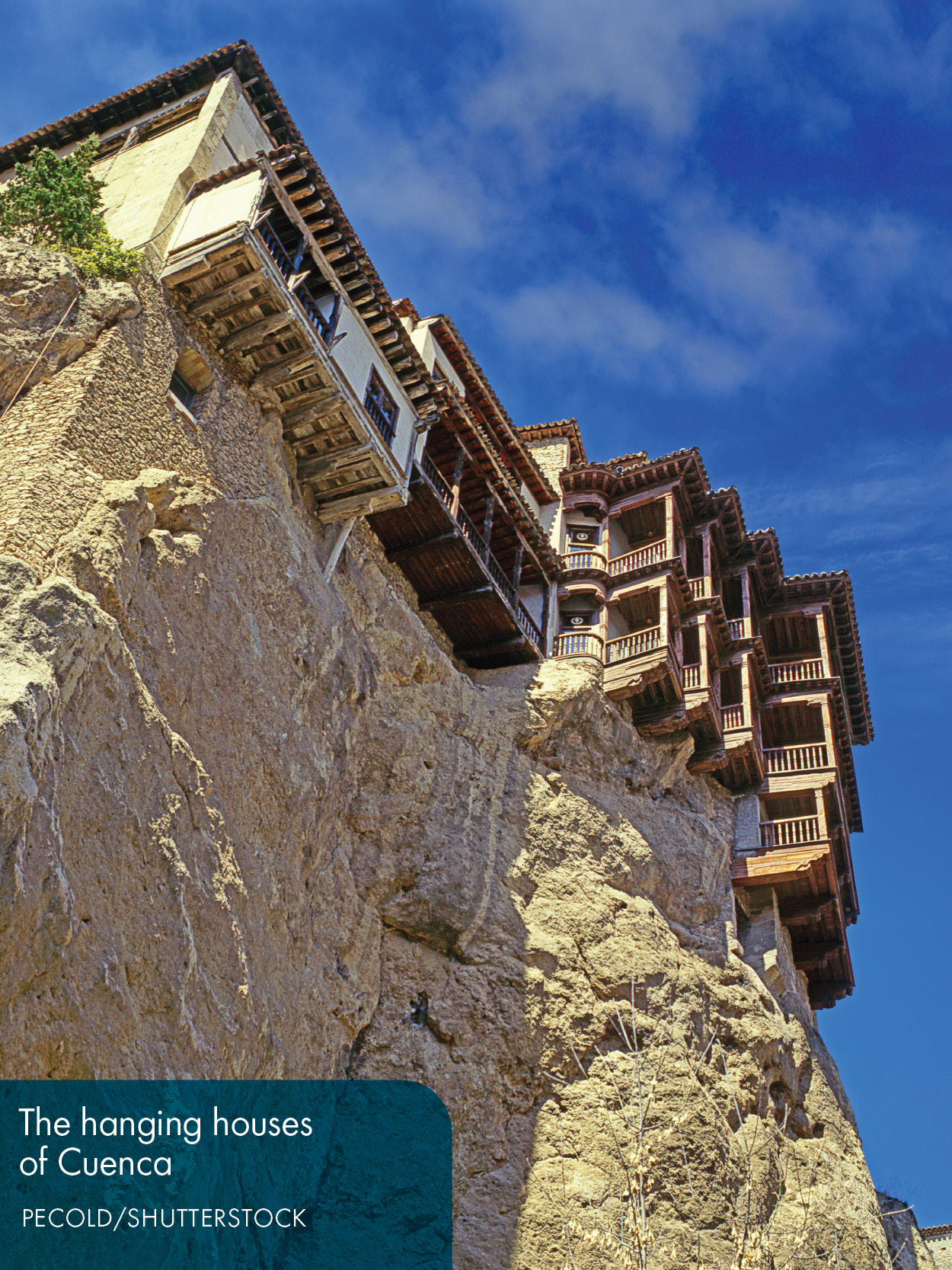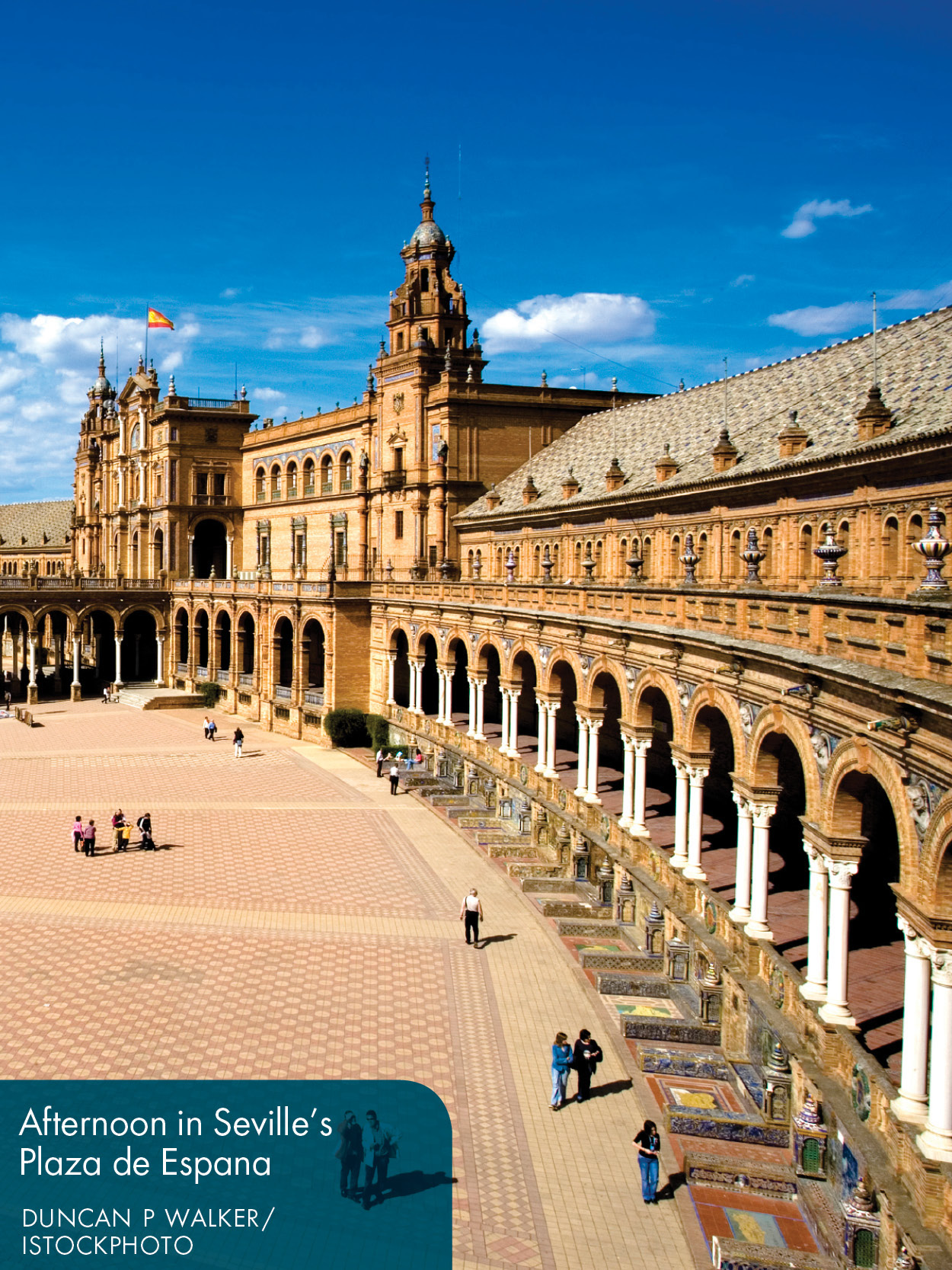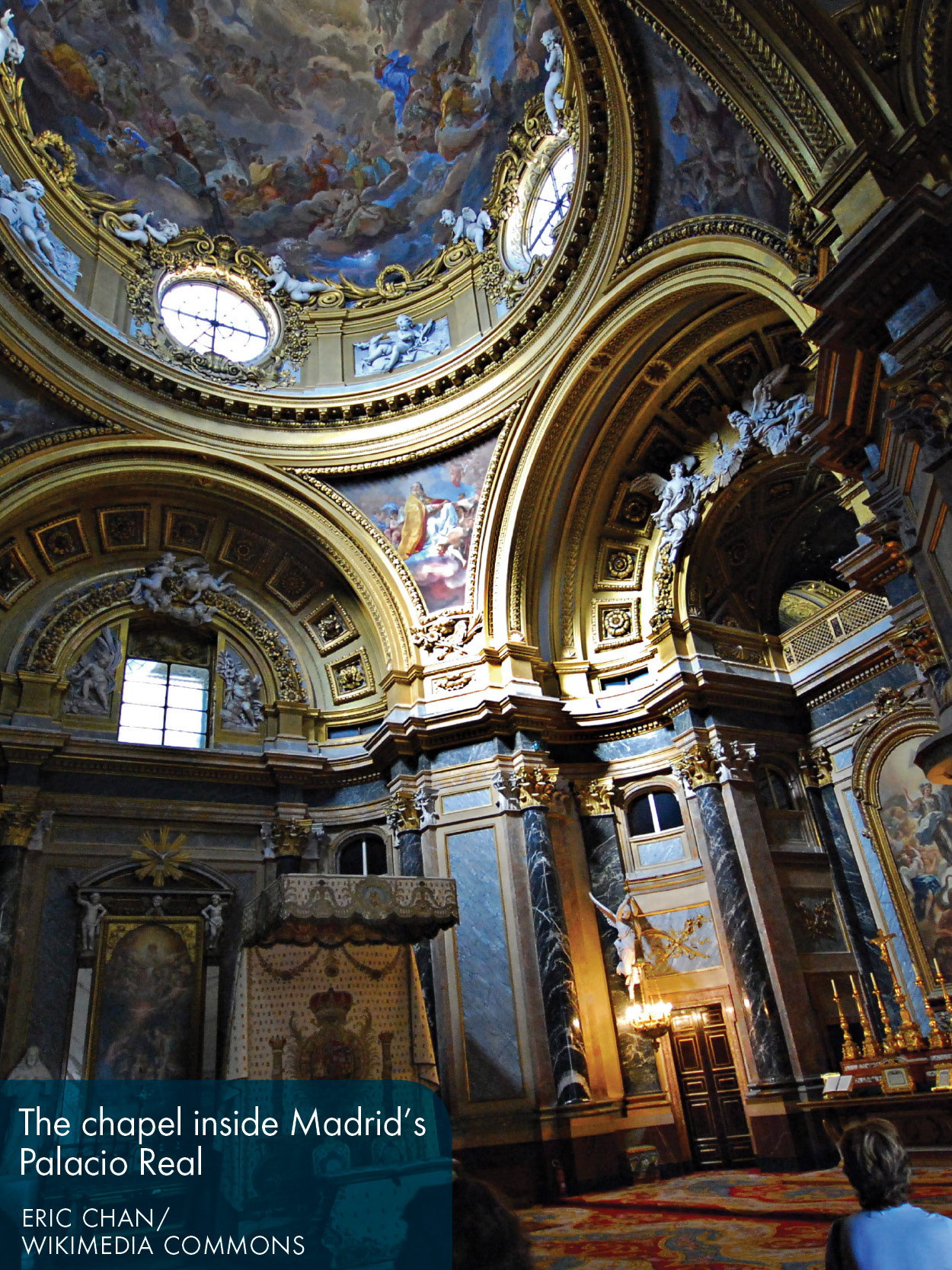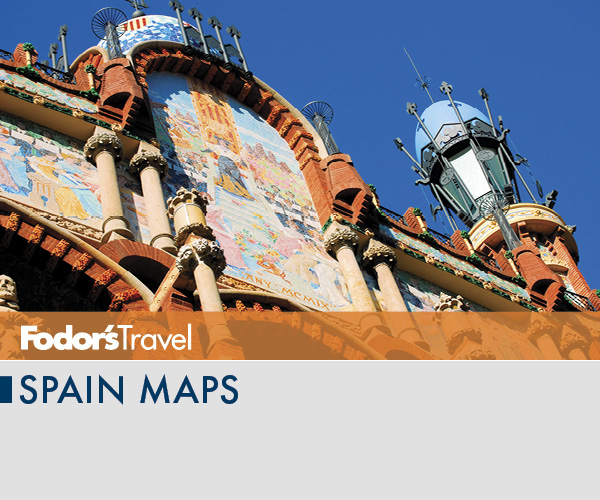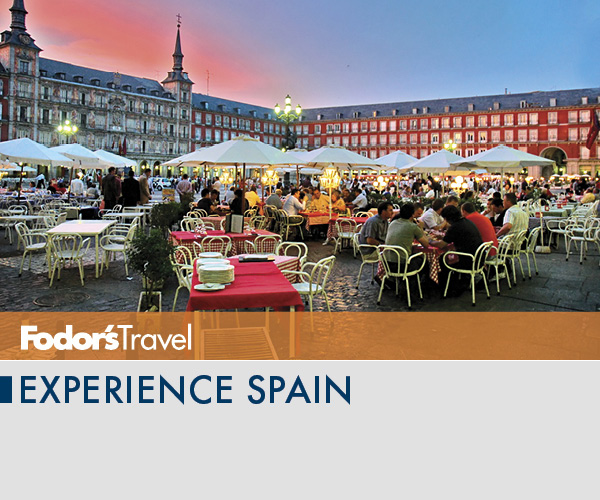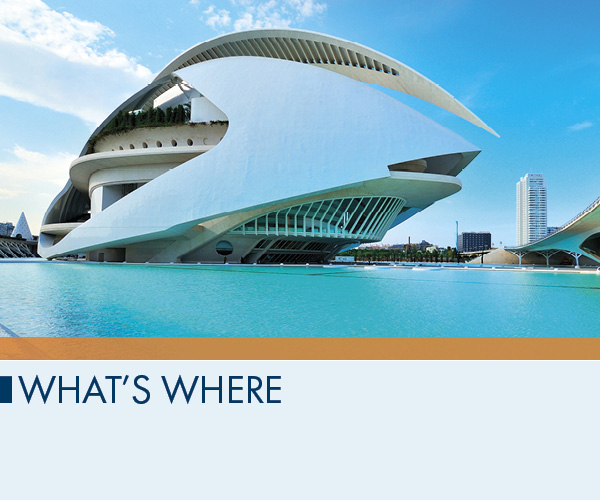Madrid. Its boundless energy creates sights and sounds larger than life. The Prado, Reina Sofa, and Thyssen-Bornemisza museums make one of the greatest repositories of Western art in the world. The cafs in the Plaza Mayor and the wine bars in the nearby Cava Baja buzz, and nightlife stretches into the wee hours around Plaza Santa Ana. Sundays crowded flea market in El Rastro is thick with overpriced oddities.
Toledo and Trips from Madrid. From Madrid there are several important excursions, notably Toledo, as well as Segovia and Salamanca. Other cities in CastileLa Mancha and CastileLen worth visiting include Len, Burgos, Soria, Sigenza, and Cuenca. Extremadura, Spains remote borderland with Portugal, is often overlooked, but has some intriguing places to discover. Highlights include Cceres, packed with medieval and Renaissance churches and palaces; Trujillo, lined with mansions of Spains imperial age; Mrida, Spains richest trove of Roman remains; and the Jerte Valley, which turns white in late March with the blossoming of its million cherry trees.
Galicia and Asturias. On the way to Santiago de Compostela to pay homage to St. James, pilgrims once crossed Europe to a corner of Spain so remote it was called finis terrae (worlds end). Santiago still resonates with mystic importance. In the more mountainous Asturias, villages nestle in green highlands, and sandy beaches stretch out along the Atlantic. Farther east, in Cantabria, is the Belle poque beach resort of Santander.
The Basque Country, Navarra, and La Rioja. The Basque region is a country within a country, proud of its own language and culture as well as its coastline along the Bay of Biscayone of the peninsulas wildest and most dramatic. Nearby Navarra and La Rioja are famous for the running of the bulls in Pamplona and their excellent wines respectively.
The Pyrenees. Cut by some 23 steep northsouth valleys on the Spanish side alone, with four independent geographical entitiesthe valleys of Camprodn, Cerdanya, Aran, and Baztnthe Pyrenees has a wealth of areas to explore, with different cultures and languages to match.
Barcelona. The Rambla in the heart of the Ciutat Vella is packed day and night with strollers, artists, street entertainers, vendors, and vamps, all preparing you for Barcelonas startling architectural landmarks. Antoni Gauds sinuous Casa Mil and unique Sagrada Famlia church are masterpieces of the Moderniste oeuvre.
Catalonia, Valencia, and the Costa Blanca. A cultural connection with France and Europe defines Catalonia. The citrus-scented, mountain-backed plain of the Levante is dotted with Christian and Moorish landmarks and extensive Roman ruins. Valencias signature dish, paella, fortifies visitors touring the citys medieval masterpieces and exuberant modern architecture. The Costa Blanca has party-til-dawn resort towns like Benidorm as well as small villages where time seems suspended in centuries past. The rice paddies and fragrant orange groves of the Costa Blanca lead to the palm-fringed port city of Alicante.
Ibiza and the Balearic Islands. Ibiza still generates buzz as a summer playground for clubbers from all over, but even this isle has its quiet coves. Alternatively, much of Ibizas rave-all-night crowd choose neighboring Formentera as their chill-out daytime destination. Mallorca has some built-up and heavily touristed pockets, along with long vistas of pristine, rugged mountain beauty. On comparatively serene Menorca, the two cities of Ciutadella and Mahn have remarkably different histories, cultures, and points of view.
Andalusia. Eight provinces, five of which are coastal (Huelva, Cdiz, Mlaga, Granada, and Almera) and three of which are landlocked (Seville, Crdoba, and Jan), compose this southern autonomous community known for its Moorish influences. Highlights are the haunting Mezquita of Crdoba, Granadas romantic Alhambra, and seductive Seville.
Costa del Sol and Costa de Almera. With more than 320 days of sunshine a year, the Costa is especially seductive to Northern Europeans eager for a break from the cold. As a result, vast holiday resorts sprawl along much of the coast, though there are respites: Mlaga is a vibrant city with world-class art musuems; Marbella, a longtime glitterati favorite, has a pristine Andalusian old quarter; and villages such as Casares seem immune to the goings-on along the water.
Canary Islands. Fuerteventura, the least visited and developed of the four largest islands, boasts endless white beaches, perfect for kitesurfing, bathing, and solitary walks. Gran Canaria is an isle of contrasts from the desert dunes in the south to the verdant central peaks, from vibrant resorts to quaint old quarters in the capital, Las Palmas. Lanzarote, the volcano island, offers an ocher-and-gold landscape dotted with long beaches, white villages, and the architect Csar Manriques creations. Tenerife is the most developed, but has the most attractions along its modern southern shore and rugged, green north coastline, plus Spains highest peak, Mt. Teide.




